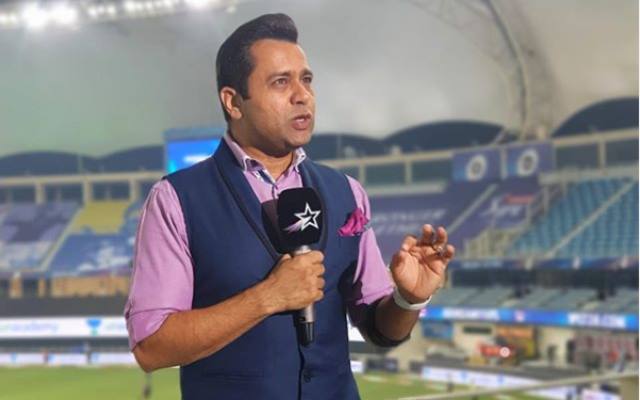'Eight runs for sixes over 100m, no leg-byes and soft signal' - Aakash Chopra suggests 10 laws that should be changed in cricket
Aakash Chopra suggested a long list of changes, many of them favouring the bowlers.
5 Min Read


A game that started in 1877, cricket has come a long way down the road of development. From new formats to better equipment to new rules and regulations, plenty has changed both in and around the game since its inception.
With the game increasingly shifting towards the favour of the batsmen, many in the past have suggested bringing in a change in the form of cricket to make it a level playing field. In a recent video on his YouTube channel, former Indian player and now commentator, Aakash Chopra suggested a long list of changes, many of them favouring the bowlers.
He also touched upon the issues surrounding umpires call and Umpire’s Decision Review System, which has been under great scrutiny, lately.
Aakash Chopra’s list of changes
8 runs for a 100m+ hit
Chopra wants big hitters to get more benefit on a bigger hit. He reckoned that hitting the ball over 100 meters requires immense strength and the ones who can do it must be given some advantage.
8 runs for 100+ meter long sixes. There should be some advantage of hitting such huge sixes. I am not saying 90, I am saying 100 meters. You need a lot of power to hit a 100m six. This might be implemented in some league, international cricket, I don’t know.
Back to one ball from both ends in ODIs
He also wants to do away with the use of two different balls from different ends in ODIs.
When you talk about ODI cricket, it is played with two balls. So the ball is only 25 overs old at the end. There was a time when the same ball was used for the entire 50 overs and the ball used to reverse then. The spinners also want a ball that is 35-odd overs old. So, you should keep just the one ball.
Over-the-head wide should not be counted a bouncer
The former player then suggests that a short ball given wide should not be counted in the bouncer count of the concerned over.
If a bouncer has gone over the head and the umpire has given a wide, it should not be counted as a bouncer. It is already an illegitimate delivery and the bouncer should not be wasted in that. In T20 cricket, once a bouncer goes over the head, the batsman can get right forward and play any shot, so the bowler’s hands are tied.
Bye-bye leg-byes!
He reckons that cricket must do away with the concept of leg-byes.
Get rid of the leg byes. It is a game of bat and ball and not the pads. The batsman actually got beaten, then why should the team get runs in such a scenario. It is a fantasy, it is not going to happen,” stated Aakash Chopra.
Umpires to rule batters out only once the ball is dead
Next, he wants the umpires to rule a batter out only once the ball has become dead.
Umpires should wait for the ball to get dead before giving out. If the umpire gives a batsman out wrongly and the ball goes to the boundary since the umpire had given it out, the ball is considered dead and you don’t get the runs.
An extra over for the in-form bowler
Chopra reckons that a bowler must get an extra over in his quota should he get two or more wickets in a limited-overs game.
A bowler who takes two wickets in white-ball cricket should get an extra over. A batsman can play the entire 20 or 50 overs if he is batting well, but the bowler can bowl only four or ten overs. So if he is a successful bowler that day, the captain should have an option to give him an extra over.
Addition fielder inside the circle for overs bowled past the stipulated time
He next suggested that there must be an additional fielder within the 30-yard circle for every over bowled past the stipulated time.
Overs after the stipulated time in T20 and ODI should have extra fielder in the circle. There can be nothing better than this, all teams will fall in line.
Batters to be out if the zing bail lights up
Chopra feels there is no need for the bails to fall on the ground to rule a batter out.
If the LED stumps light up, it should be out. The zing bails are heavy, they light up but they don’t fall off at times. They light up only when the connection is lost, so please do not penalize the bowler.
No soft signal outside the 30-year circle
He also suggests that a soft signal by the ground umpires must be limited to events inside the inner circle.
No soft signal outside the 30-yard circle. I can understand it within the circle but beyond that, it is an absolute waste of time. How can an umpire figure out if the foot touched the boundary or not?
Take the help from upstairs
Chopra feels that whenever in doubt, the on-field umpires must consult the third umpire. He also reckoned that the third umpire must be empowered to reverse an incorrect call made by the on-field umpires.
The on-field umpire should be able to take assistance from the 3rd umpire in case of doubt. There should be conclusive evidence in such a scenario, whether out or not out.”
Download Our App